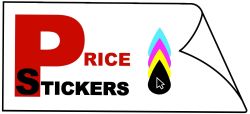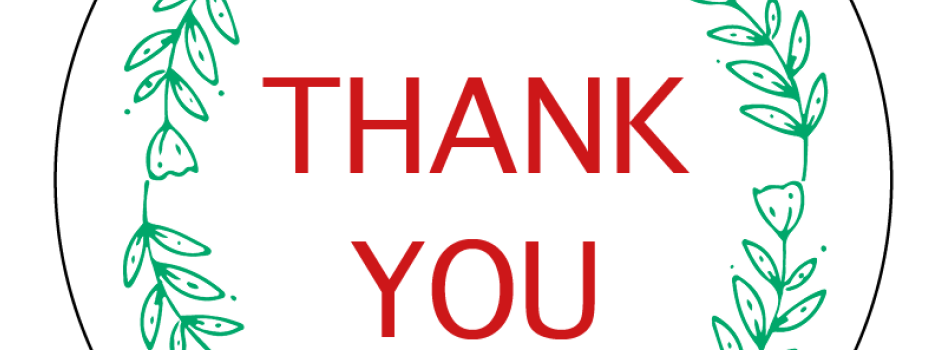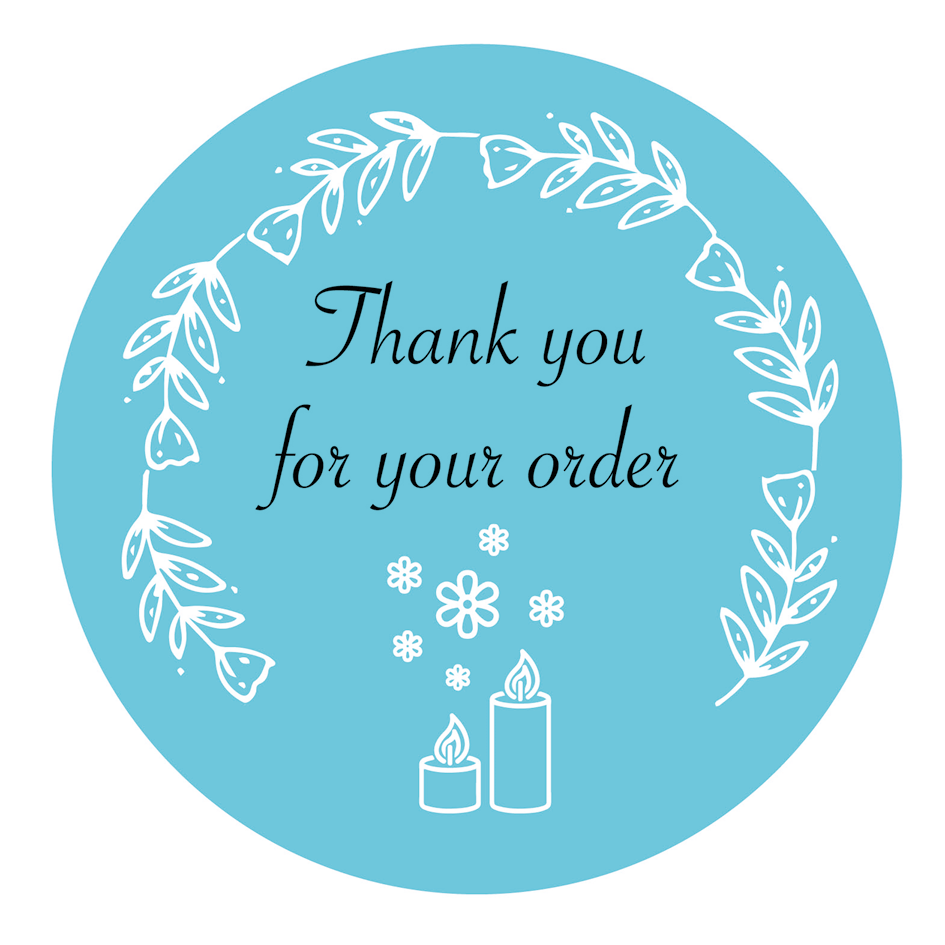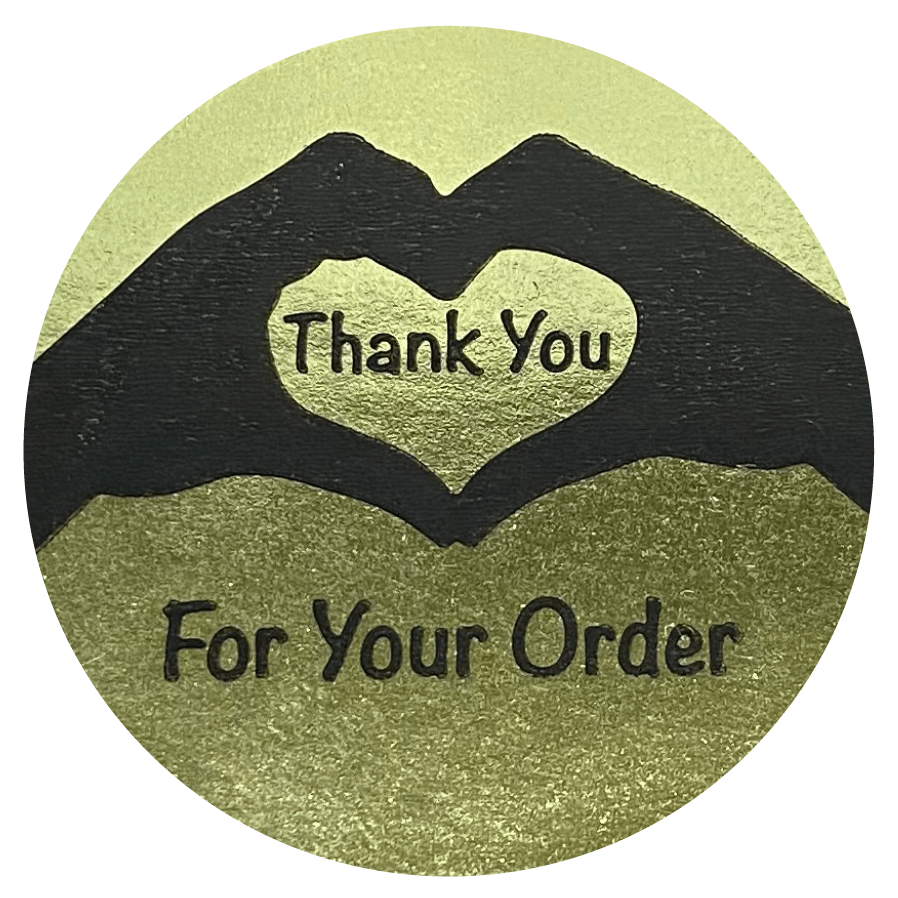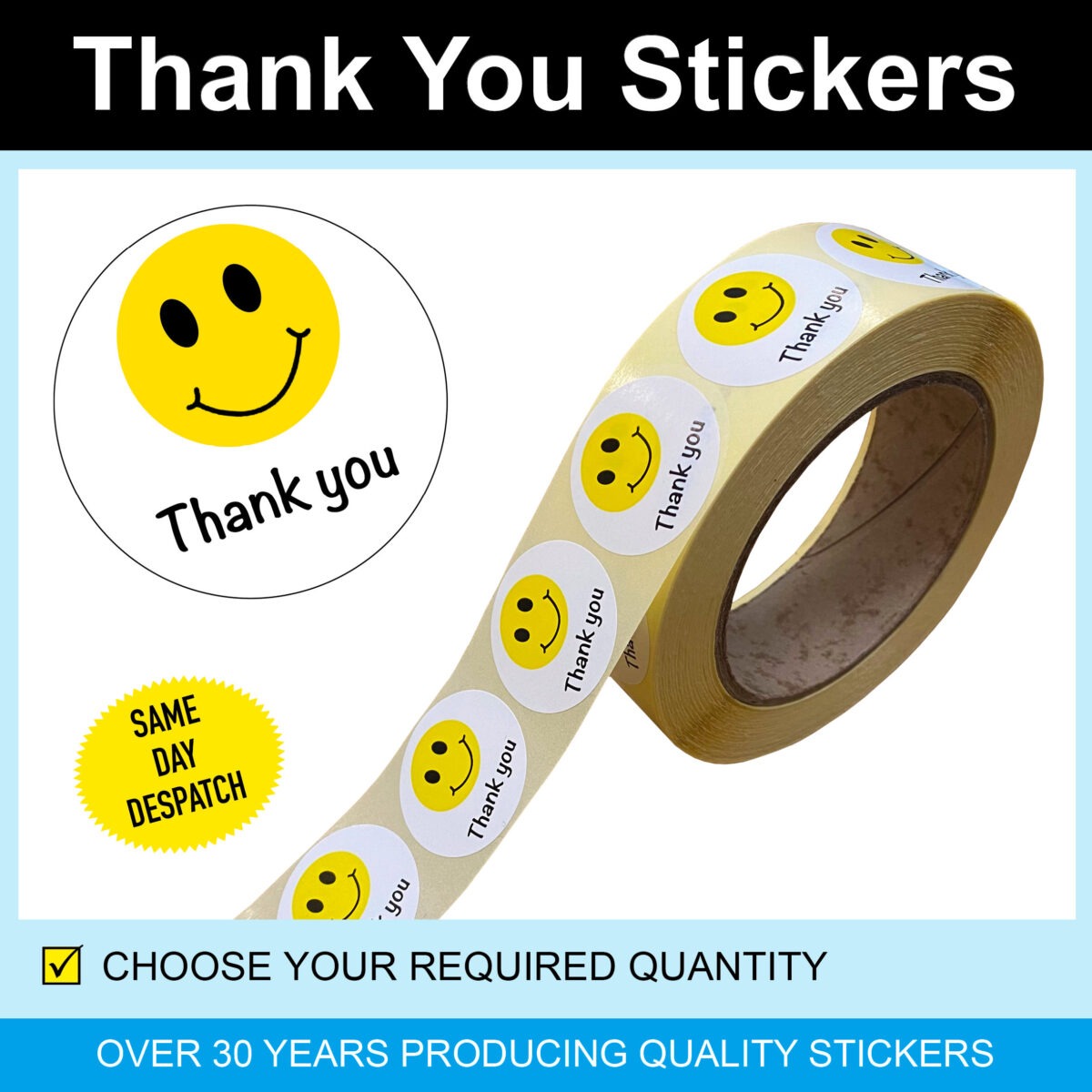The landscape of communication has been constantly evolving, but throughout history, the essence of gratitude has remained a powerful constant. “Thank You” stickers, though seemingly modern, are rooted in a tradition of expressing gratitude and acknowledgment. Delving into their history offers a fascinating journey, tracing the path of human interactions, commercial engagements, and evolving design sensibilities.
A Prelude: The Advent of Stickers
To understand the rise of “Thank You” stickers, it’s essential to first explore the origin of stickers themselves. The earliest forms of stickers can be traced back to ancient civilisations. The Egyptians, for instance, used a form of paper made from papyrus to convey short messages, much like today’s sticky notes or labels. Fast forward to the 1800s, Sir Rowland Hill initiated the use of adhesive paper as postage stamps, which one could argue was a rudimentary form of stickers. This innovative use of adhesive paper marked a significant shift, setting the stage for the diverse applications of stickers in the future.
Gratitude in Commerce: Early Forays
As trade and commerce burgeoned, especially during the 19th century, merchants grappled with ways to differentiate themselves and foster loyalty among customers. Handwritten notes and tokens of appreciation were often slipped into parcels. As printing technology advanced, these personal handwritten notes slowly began to transition into printed cards and, eventually, adhesive labels expressing thanks. It was here that the genesis of the thank you sticker lay, marrying the age-old sentiment of gratitude with the emerging sticker technology.
The Boom of the 20th Century: Mass Production Meets Design
The 20th century saw rapid industrial growth, with production and marketing strategies undergoing significant transformation. Alongside, there was an evolution in the world of design, and brands started recognizing the importance of aesthetics and visual engagement. As a result, “Thank You” stickers, which had thus far been relatively plain, began to embrace diverse designs, fonts, and colours. This was also the era where branding became paramount. Companies realised that these stickers could serve dual purposes: expressing gratitude and reinforcing brand identity. Consequently, the humble “Thank You” sticker became a canvas for creativity, branding, and strategic marketing.
Digital Revolution and Personalisation: The Late 20th and Early 21st Centuries
With the dawn of the digital age in the late 20th century and its explosion in the 21st, customisation became the name of the game. Advanced printing technologies enabled brands, big and small, to craft bespoke “Thank You” stickers tailored to their unique identities and customer bases. No longer were companies restricted to generic designs. They could infuse brand ethos, cultural references, and even humour into these stickers, transforming them from mere tokens of gratitude to potent tools of engagement. Furthermore, with the rise of small-scale e-commerce and platforms like Etsy, even individual sellers could leverage these personalised stickers, echoing a sentiment of grassroots appreciation and fostering a personal connection with buyers.
Sustainability and the Modern “Thank You” Sticker
Today, as global consciousness shifts towards sustainability and eco-friendliness, “Thank You” stickers are not immune to this trend. Brands are now keenly exploring eco-friendly materials and inks for their stickers, recognising that expressing gratitude shouldn’t come at the planet’s expense. Biodegradable papers, sustainable inks, and minimalistic designs not only convey appreciation to the customer but also a brand’s commitment to a greener future. Thus, modern “Thank You” stickers resonate on dual frequencies – a direct message of thanks and an indirect message of environmental responsibility.
In Retrospect: The Evergreen Appeal of Gratitude
Tracing the journey of “Thank You” stickers from their nascent stages to their contemporary iterations is, in essence, tracing the history of human expression in the commercial realm. These adhesive labels, though simple, encapsulate a rich tapestry of evolving communication modes, design sensibilities, technological advancements, and societal shifts. Yet, amidst all these changes, their core sentiment remains unaltered. Gratitude, as a universal emotion, retains its power to connect, resonate, and leave an indelible mark, proving that while mediums of expression may evolve, genuine appreciation never goes out of style.
Cultural Significance Across Borders
Throughout the world, the act of expressing gratitude holds cultural and societal importance. While the expression itself may differ in terms of language and gesture, the sentiment remains universal. As “Thank You” stickers gained popularity in the West, especially in commerce-driven societies, it wasn’t long before they made their mark globally. In regions like Asia, where gift-giving and gratitude are deeply entrenched in cultural norms, these stickers found a unique resonance. Whether it’s “Arigato” in Japan, “Kamsahamnida” in Korea, or “Xie Xie” in China, these adhesive notes of appreciation became tools that transcended linguistic barriers, reminding us of the universal appeal of a simple thank you.
The Psychological Impact: More Than Just a Sticker
At a glance, a “Thank You” sticker might seem like a mere decorative touch or a branding effort. However, delving deeper into the realms of psychology, one can discern the profound impact such gestures can have on human behaviour. Expressions of gratitude have been linked to positive emotions, increased loyalty, and even a heightened sense of well-being. When customers receive acknowledgement for their patronage, it triggers a positive feedback loop, fostering trust and reinforcing their decision to engage with the brand. The stickers, in this context, are not just labels but catalysts that amplify the positive emotions associated with a purchase or interaction, leading to deeper bonds and longer-lasting relationships between businesses and their clientele.
The Evolution of Materials and Techniques
As we’ve touched upon the historical progression and digital advancements of “Thank You” stickers, it’s intriguing to also spotlight the evolution of the materials and techniques used in their creation. Initially, as stickers emerged, they were crafted from rudimentary adhesive papers. Over time, innovations led to the introduction of vinyl, polyester, and even holographic materials, expanding the creative horizons for designers. Techniques like foil stamping, embossing, and die-cutting further revolutionised the aesthetics of these stickers. Today, with sustainability in focus, we see a resurgence of organic materials, like bamboo and hemp paper stickers. This constant evolution mirrors the broader trajectories of art, science, and societal priorities, highlighting the dynamic nature of even the simplest forms of expression.
The Future Of Thank You Stickers
As we look towards the future, it’s exciting to envisage how “Thank You” stickers will continue to adapt, innovate, and remain a testament to the timeless charm of gratitude. Whether it’s through innovative materials, augmented reality integrations, or designs we haven’t yet imagined, one thing remains certain: the essence of saying thank you, in whatever form, will continue to hold a special place in human interactions. To find out more about thank you stickers, speak to a member of the team at Pricestickers today.
